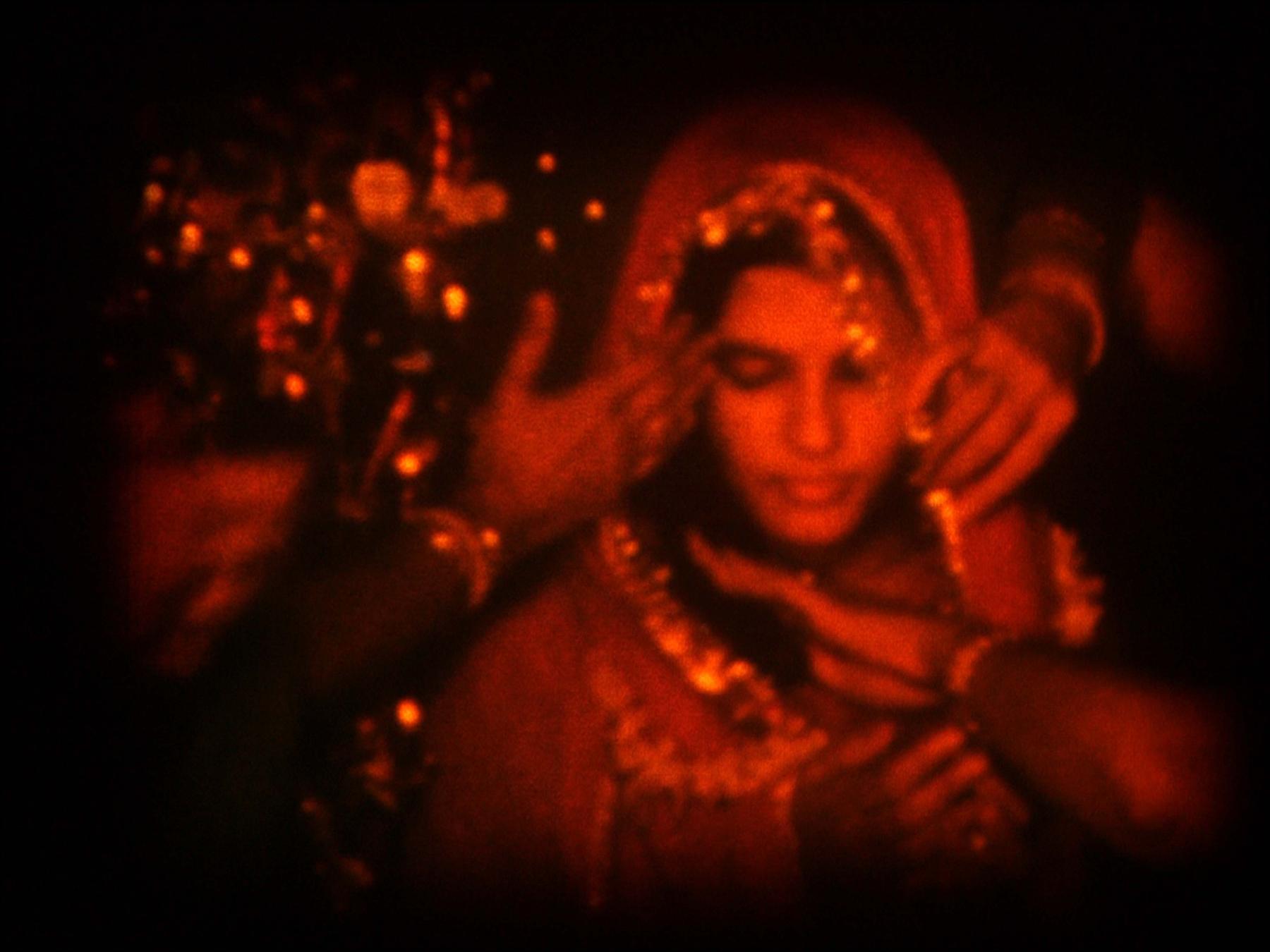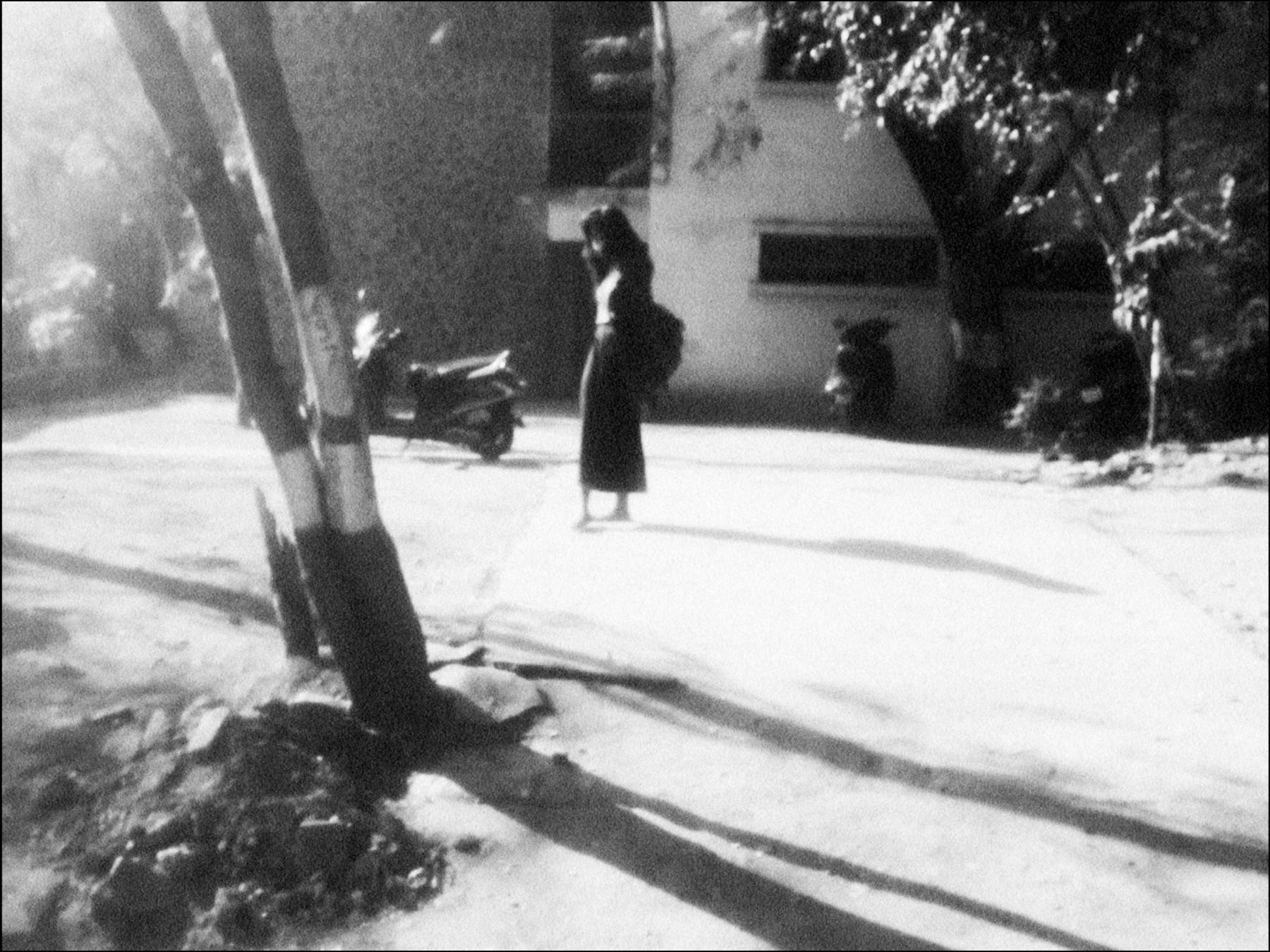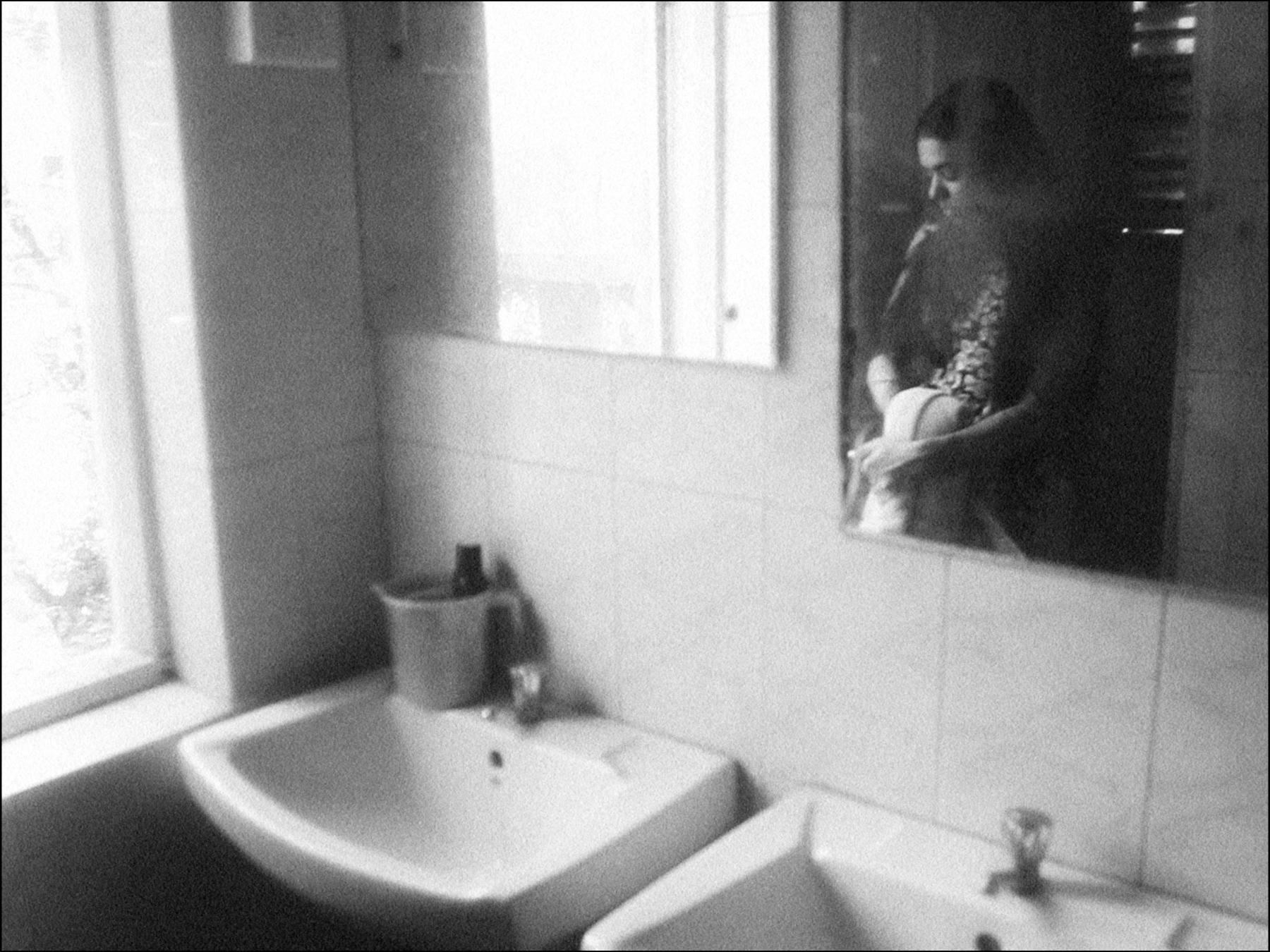In Fragments: A Night of Knowing Nothing
Using an epistolary address, A Night of Knowing Nothing (2021) directed by Payal Kapadia initially meanders through the by-lanes and hallways of the Film and Television Institute of India (FTII), Pune. A series of silhouettes percolates into these textures, including those of Jean Seberg and Ritwik Ghatak. As a student collects his garments from a makeshift clothesline in his dishevelled hostel room, a diegetic soundtrack from Breathless imbues the image with the insouciant air of Nouvelle Vague frames. A film school, FTII was built on the Soviet model and its attendant class consciousness. The inhabiting bodies in the contemporary moment soon hover and collide in revolutionary ferment as the authoritarian regime in India cracks down on them.

1...2...3...
Starting with the appointment of BJP loyalist Gajendra Chauhan as the Chairman of FTII in 2015, the docufiction builds through a contemporary canon of protest images. As students and teachers throng the streets, newspapers and television screens present reports of state-sponsored violence with increasing velocity—as if everything is headed towards a singular catastrophic point. As the fictive character ‘L’ narrates a litany of wrongs through the newspaper cuttings archived by her lover in the fear of their erasure from public memory, her words resonate: “Our memories cannot keep up with the times.” It speaks to a relentless torrent of shocks to the senses, fatiguing the body into states of stupor. Yet there is no singular moment of culmination—only a constant fear that occasionally ebbs, but stays.

“प्रिय...”
Situated within the framework of L’s letters to her lover, the film deals with memory and its retrospective potency. It is the story of youthful idealism premised on utopian imaginations that gradually give way to nightmarish realities, resulting in bruised and battered souls. In all of this, the bodies keep dancing—through police batons, water cannons, disco lights, and failed strikes. Even in exhaustion and disillusionment, they propel each other to embrace the way revolutions have (d)evolved, keeping themselves afloat in company.
L looks at a female police officer during one of the protests and wonders about how she must start and go about her day. As disadvantaged or sympathetic as her gendered position may be to L, the officer is an agent of oppression when mobilised against her peacefully protesting peers. In the same breath, L recalls filmmaker Pier Paolo Pasolini’s support for the police during the student protests in Italy in 1968, when he insisted that they constitute the real proletariat (as opposed to the bourgeois student body) and that any revolution that excludes them is ineffective. In the institutional distribution of atrocities, how clear are these distinctions? In an altered ecology of power, how impermeable is their uniform?

স্বপ্ন।
After reminiscing about their film school romance that germinated in the illumination of makeshift screenings on campus, L sharply criticises her lover in the letters. Who was this person that stood so vociferously against the government but was unable to defy his parents when they objected to L’s lower caste identity? L recalls caste hierarchies in school, where relative superiority across the rungs meant treating the ones belonging to a lower stratum with disdain. Beyond political discourses in the macro realm, the assumption, assimilation, and deprivation of power and privilege begins in the confines of the home.
| Thresholds |
The campus becomes a site of these reflections, as private archives are merged with shot footage to create a dreamlike amalgam. External to feudal structures such as the family, the public university campus becomes a liminal, generative, and formative space that thrives on communitarian impulses to thought and action. This includes navigating consolidated political rhetoric to find an individual pulse. The campus is a space where hope is protected despite forces to the contrary, and bodies move with abandon. It is also the site where casteist horrors foment, resulting in several deaths by suicide—such as Rohith Vemula’s. In the beginning of the film, students dance against a screen projecting images from the popular Bollywood song, “Chaiyya Chaiyya”, while the accompanying sonic clues direct us to sonorous chants of Halla Bol!—they are all one and the same, as L puts it.
A little later, the footage of a wedding ritual (collected by Kapadia from the online archive, Pad.ma) is overlaid with an ominous narrative. In the voiceover, the speaker, Mukul, recounts a dream in which he was waiting in the fields to clandestinely meet his lover when he saw a shape behind the bushes. As it advanced towards him, he realised that it was the girl’s father, accompanied by other men bent on hurting him. As the vignette moves into the following chase, a looming threat establishes itself over the running visuals—the institution of marriage, with its hetero-patriarchal, casteist foundations and their generational persistence.

Snip! Snip! Snip!
The juxtaposition of L’s inter-caste relationship with the meta-archive of student protests against the current authoritarian regime is achieved through a process of scavenging and post-photography gestalt exercises. Crucial to this experience is the soundscape, which evokes a spectral quality through dreams, whispers, and seepage. Dreams are an important leitmotif; they attest to the past, present and future coming into friction against each other. Young students turn to their understanding of history to comprehend their contemporaneous circumstances. Against the accelerated rise of a fascist power, how far must they extend their body in obeisance or defiance?
The intertitles inform us that L’s letters are formally messy, as she has been found to scratch out words, camouflage them with doodles, and make drawings on the brink of the pages—hands in arrested motion, interrupting lines—creating illegible marginalia. They are close to her dreams, which also bypass legible readings. In one of her dreams, L watches her friends and comrades disappear under the weight of the water released from canons by the police to disperse a crowd. The flesh dissipates, leaving a mute void that echoes through the film’s strategic use of numbing CCTV footage of police violence in a university library. The uniform, grainy visuals that accompany them remind us that these images are not necessarily a document of our times, but all that is ultimately remembered—perhaps as a caution and call. In the words of poet Amir Aziz,
“सब याद रक्खा जायगा।”
To read more about Payal Kapadia's work, please click here and here.
To learn more about the films screened at the 2022 edition of the Dharamshala International Film Festival, please click here, here, here, here and here.
All images from A Night of Knowing Nothing (2021) by Payal Kapadia. Images courtesy of the director and the Dharamshala International Film Festival.




